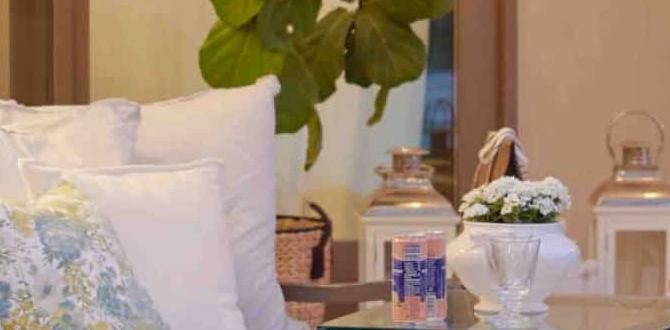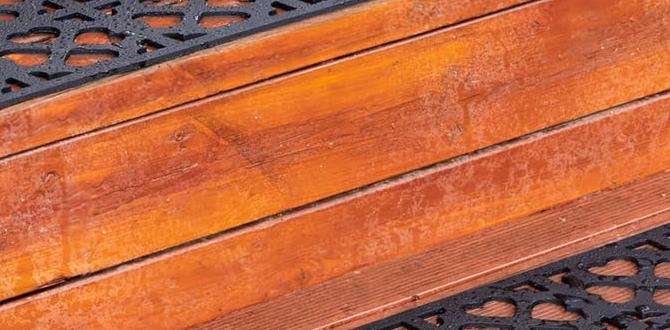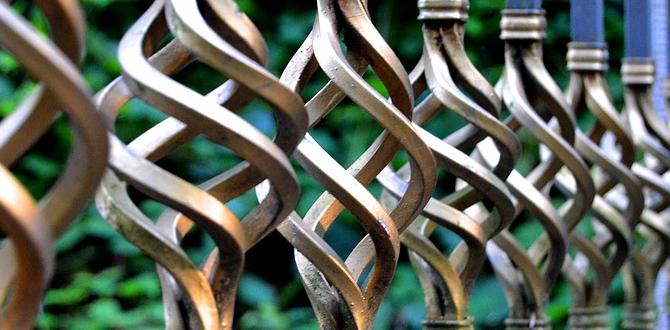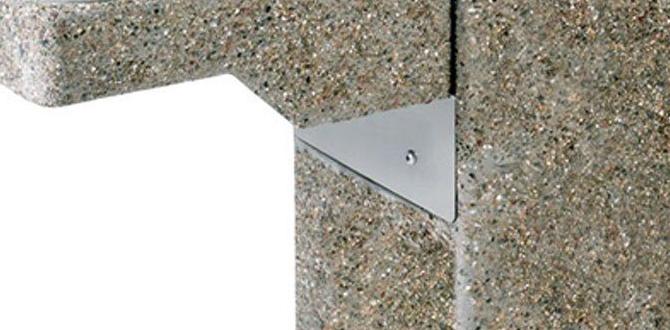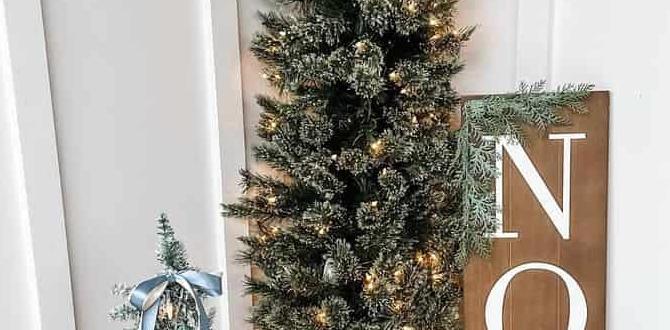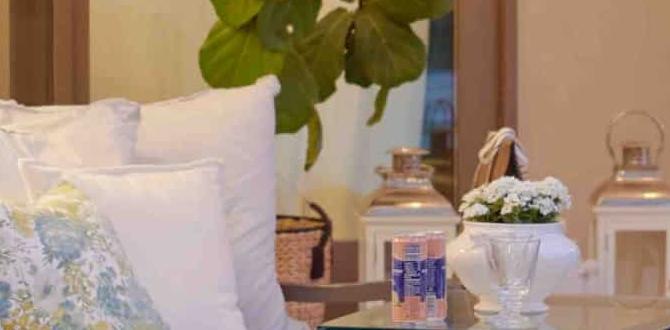Have you ever wondered what makes a garden thrive? The secret often lies in the soil. There are many types of soil for gardening, each with unique features. Did you know that some plants love sandy soil while others prefer clay? Choosing the right soil is like picking the perfect outfit for your plants.
Imagine a garden bursting with colorful flowers and tasty vegetables. What if I told you that the type of soil can help achieve that dream? With just a little knowledge, you can select the ideal soil for your gardening needs. Let’s dive into the different types of soil for gardening and discover how they can make your green space flourish.
Types Of Soil For Gardening: Exploring The Best Options
Types of Soil for Gardening
Choosing the right soil for gardening is crucial. Different plants thrive in various soil types. For instance, sandy soil drains quickly but lacks nutrients. Clay soil holds water but can be dense. Loamy soil, a mix of sand, silt, and clay, is often best. Have you ever wondered why some plants grow better in certain places? Healthy soil is like a cozy bed for your plants. It helps them grow strong and vibrant. Understanding these soil types empowers you to create the perfect garden!Importance of Soil in Gardening
Role of soil in plant health. Nutrient availability and retention.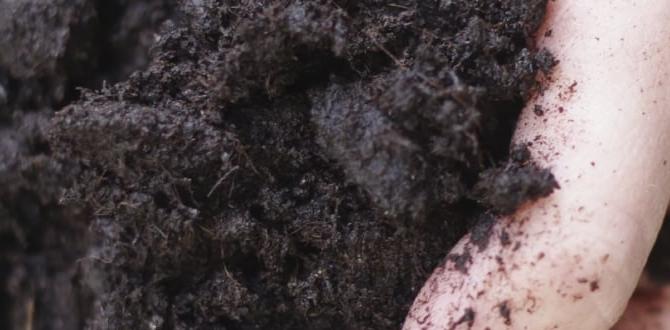
Soil is like the superhero for your plants. It keeps them healthy and happy. The right nutrients in soil help plants grow strong and colorful. Think of soil as a cozy blanket that holds all the good stuff plants need. It also holds water for hot days, just like a water bottle! Even plants like a good drink, you know. Without proper soil, plants might feel sad and weak—like they skipped breakfast. So, pick good soil, and your garden will flourish!
| Nutrient | Role |
|---|---|
| Nitrogen | Promotes leaf growth |
| Phosphorus | Aids in root development |
| Potassium | Supports overall plant health |
Types of Soil
Definition of different soil types. Common characteristics of each type.Soil comes in different types. Each type has its own special features. Knowing these differences helps in gardening. The main soil types are:
- Clay: It holds water well but drains slowly. It feels sticky when wet.
- Sandy: This soil drains quickly and feels gritty. It warms up fast but can dry out easily.
- Loamy: A mix of sand, silt, and clay. It balances moisture and nutrients, making it great for plants.
- Silty: Silty soil feels smooth. It holds more water than sandy soil but isn’t as heavy as clay.
Understanding these types helps grow strong plants. Each one has its own benefits and challenges.
What type of soil is best for gardening?
Loamy soil is often the best for gardening. It has a mix of sand, silt, and clay, which helps plants thrive.
Clay Soil
Properties and advantages. Disadvantages and improvement techniques.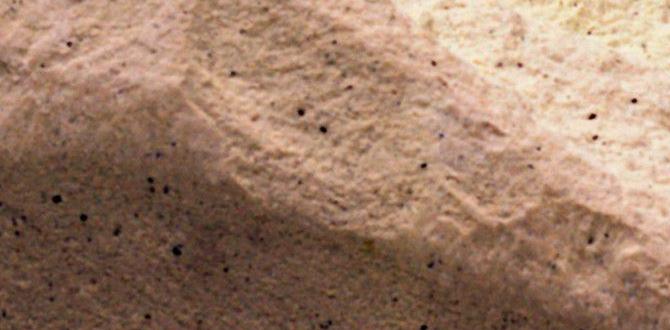
Clay soil has a sticky texture and holds water well. It is rich in nutrients, making it great for plant growth. However, it can be hard to work with because it becomes very heavy when wet. To improve clay soil, try the following:
- Mix in sand to increase drainage.
- Add compost to boost nutrients.
- Till the soil to break up clumps.
With these tips, you can turn challenging clay soil into a gardener’s delight!
What are the benefits of clay soil?
Clay soil is great for keeping moisture and nutrients, making it ideal for many plants.
Sandy Soil
Benefits for specific plants. Water drainage issues and solutions.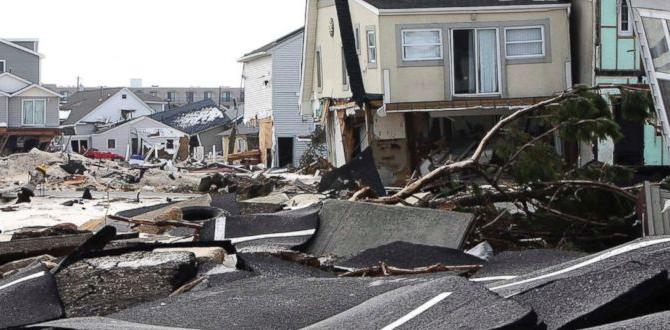
Sandy soil has a quirky charm. Its loose texture allows air to reach plant roots. This makes it perfect for plants like cacti and succulents that love a dry environment. However, sandy soil has one little problem: it drains water faster than a sponge in a rainstorm! This can leave thirsty plants high and dry. To fix this, you can mix in some compost. This trick slows down drainage and helps retain moisture. Trust me, your plants will thank you for their cozy new home!
| Plant Type | Benefits |
|---|---|
| Cacti | Thrives in well-drained conditions |
| Succulents | Prefers dry soil and good air flow |
| Lavender | Flourishes in sandy, dry soil |
Silt Soil
Characteristics and suitability for gardening. Nutrient retention capabilities.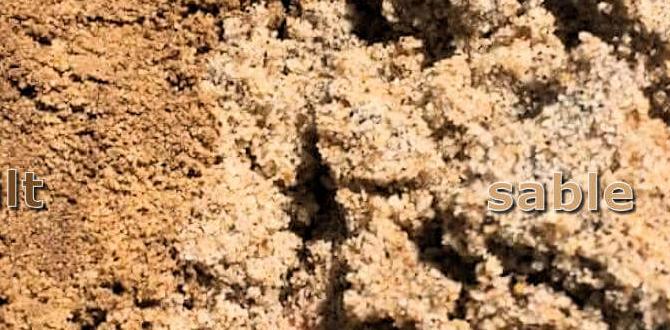
Silt soil is a gardener’s secret ingredient for success. It feels smooth and silky, almost like nature’s version of a cozy blanket. This type of soil holds onto nutrients well, making it a superstar at feeding plants. It can retain moisture, so thirsty roots get their fill, yet it drains enough to avoid drowning. You could say it’s the Goldilocks of soils—never too dry and never too wet! Let’s dive into its qualities:
| Characteristics | Suitability for Gardening | Nutrient Retention |
|---|---|---|
| Smooth texture | Perfect for vegetables | High retention capabilities |
| Good drainage | Suitable for flowers | Feeds plants effectively |
| Easy to till | Great for seedlings | Supports healthy growth |
Because it’s so nutrient-rich, plants thrive when planted in silt. So, if you’re dreaming of a flourishing garden, silt soil might just be your best friend!
Loamy Soil
Ideal mix for diverse plants. Advantages for home gardeners.Loamy soil is great for many plants because it holds moisture while allowing air to flow. This special mix, made of sand, silt, and clay, has the best qualities for growth. Home gardeners love loamy soil for several reasons:
- It drains well, preventing water from sitting too long.
- It is rich in nutrients, helping plants thrive.
- It is easy to work with and supports various plant types.
With loamy soil, you can grow flowers, vegetables, or even shrubs all in one garden! This makes it a favorite for gardening.
What type of plants grow well in loamy soil?
All types of plants thrive in loamy soil, including vegetables and flowers.
Peaty Soil
Moisture retention properties. Best plants for peaty soil.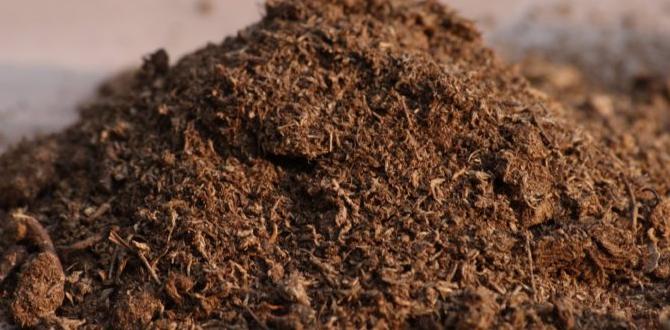
Peaty soil is like a sponge that loves to hold onto water. It retains moisture really well, making it perfect for plants that enjoy damp surroundings. Think of it as a cozy little pool for roots! Some happy plants that thrive here include blueberries and ferns. They don’t mind a bit of wetness and actually love the acidic vibe of peaty soil.
| Best Plants for Peaty Soil |
|---|
| Blueberries |
| Ferns |
| Carnivorous plants |
| Marsh marigold |
Salty Soil
Effects on plant growth. Strategies for managing salinity.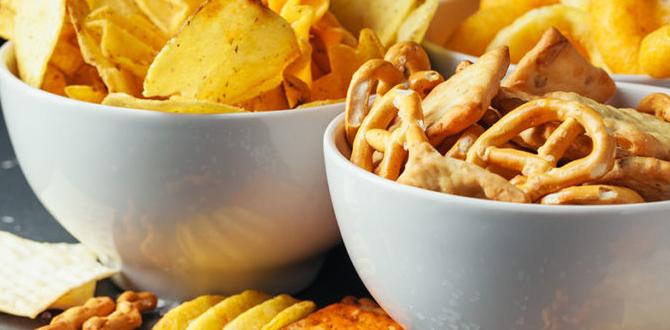
Salty soil can be a tricky challenge for plants. High salt levels can hurt growth, making it tough for roots to drink water. Plants may struggle, droop, or even throw a temper tantrum! Luckily, there are clever ways to handle this. Adding organic matter helps the soil absorb water better. Also, using salt-tolerant plants can turn that salty mess into beautiful greenery!
| Strategy | Description |
|---|---|
| Organic Matter | Enhances water retention and reduces salt impact. |
| Leaching | Flushes away excess salts by adding water. |
| Salt-tolerant Plants | These plants thrive even with added salt. |
Testing Your Garden Soil
Methods for soil testing. Interpreting soil test results.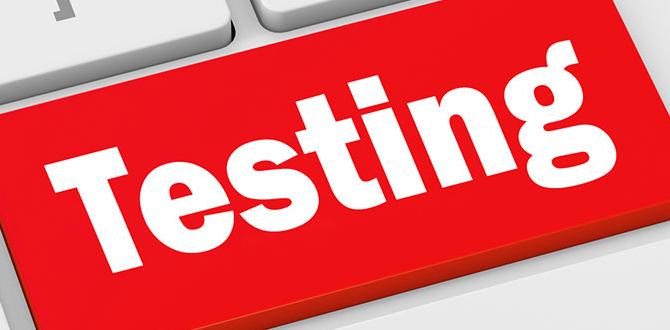
Testing your soil is important for a healthy garden. You can try different methods to check your soil’s health. Start with a simple DIY test kit. This kit tells you the pH level and nutrients in your soil. You can also send samples to a lab for detailed results. After testing, look for key numbers. Check for:
- pH (acidity or alkalinity)
- Nitrogen levels
- Phosphorus content
- Potassium levels
These numbers help you understand what your soil needs. Healthy soil will help your plants grow strong!
How do I test my garden soil?
There are easy ways to test your garden soil. You can use a soil test kit for quick results. Sending a sample to a lab will give you more detailed information. You can also do a simple visual check for texture and color.
What do soil test results mean?
Soil test results tell you about your soil’s health. Each value shows what nutrients are present and what is missing. This information helps you know how to improve your soil for better gardening.
Improving Soil Quality
Organic amendments and their benefits. Techniques for enhancing soil structure.
Want to make your soil feel like it’s on vacation? Start with organic amendments like compost or well-rotted manure. These goodies boost nutrients and help plants grow strong. Need to improve the soil’s structure? Try adding sand or peat moss. They help make your soil fluffy, like a cloud. Your plants will appreciate it and might even send you flowers in gratitude!
| Organic Amendments | Benefits |
|---|---|
| Compost | Increases nutrients and improves moisture retention. |
| Manure | Boosts fertility and encourages healthy microbial life. |
| Peat Moss | Enhances soil structure and aids water retention. |
| Sand | Improves drainage and aeration. |
Choosing the Right Soil for Your Plants
Matching soil types with plant requirements. Seasonal considerations for soil selection.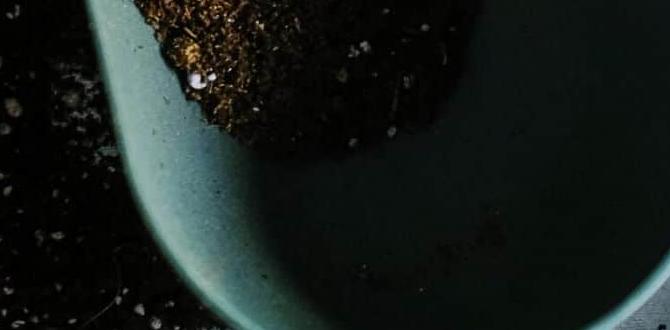
Plants need different types of soil for their growth. Matching soil types with plant needs is vital. For example, cacti prefer sandy soil, while ferns thrive in richer, moisture-retentive soil. Seasons also affect soil choice. In spring, you might want light soil to help seedlings grow. In fall, rich soil can feed plants for the winter. Choosing the right soil helps plants grow strong and healthy.
What are the best soil types for common plants?
Cacti like sandy soil, roses enjoy loam, and vegetables prefer fertile, well-drained soil. Each plant has specific needs that must be met for the best results.
Conclusion
In conclusion, knowing the types of soil for gardening helps you grow healthy plants. We learned that sandy soil drains well, while clay soil holds moisture. Loamy soil is a mix that works for many plants. Choose the right soil for your garden. Next, try testing your soil or read more about improving it for better growth. Happy gardening!FAQs
Sure! Here Are Five Questions Related To Types Of Soil For Gardening:Sure! Here are five questions about soil for gardening: 1. **What is the best soil for planting flowers?** The best soil for flowers is a mix of loamy soil and compost. This helps flowers grow strong. 2. **Can I use sand for gardening?** Yes, you can use sand. It helps with drainage but needs support from other types of soil. 3. **What is clay soil like?** Clay soil is sticky and heavy. It holds water well but can be hard for roots to grow. 4. **Is garden soil okay for vegetables?** Yes, garden soil is great for vegetables. It has nutrients that help vegetables grow healthy. 5. **How can I improve my soil?** You can improve your soil by adding compost or mulch. This helps it become richer and better for plants.
Sure! Please provide the question you want me to answer.
What Are The Different Types Of Soil Commonly Used In Gardening, And How Do Their Properties Affect Plant Growth?In gardening, we commonly use three types of soil: clay, sandy, and loamy soil. Clay soil is sticky and holds water well, but it can be too wet for some plants. Sandy soil drains quickly, so it dries out fast, which some plants don’t like. Loamy soil is a mix of clay, sand, and silt, making it the best for most plants because it holds water but also lets it drain. Choosing the right soil helps our plants grow strong and healthy!
How Can Gardeners Determine The Soil Type In Their Garden And What Tests Can Be Done To Assess Its Quality?You can find out your soil type by feeling it. Grab a handful of moist soil and squeeze it. If it stays in a ball, it might be clay. If it crumbles easily, it’s sandy. We can also test the soil’s quality by checking its pH. You can use a simple kit from a store to see if it’s healthy for plants.
What Are The Benefits Of Using Compost And Organic Matter To Improve Soil Health For Gardening?Using compost and organic matter is great for our garden soil. It helps the soil hold water, which keeps our plants healthy. Compost adds nutrients, making our plants grow strong. It also helps good bugs and tiny creatures live in the soil. This means our garden will be more lively and colorful!
How Do Drainage And Water Retention Differ Among Sandy, Clay, And Loamy Soils, And What Implications Do These Differences Have For Plant Selection?Sandy soil drains water quickly because it has big spaces between the grains. Clay soil holds water tightly and drains slowly. Loamy soil is a mix of both, so it drains well but also holds moisture. This means we should choose plants based on the soil type. For example, water-loving plants do well in clay, while drought-tolerant plants thrive in sandy soil.
What Are The Best Practices For Amending Soil To Enhance Nutrient Availability For A Variety Of Garden Plants?To make your garden soil better for plants, you can do a few simple things. First, add compost, which is like food for the soil, to bring in nutrients. You should also mix in mulch to keep the soil moist and help it stay cool. Water your plants regularly and test the soil to see what it might need next. This way, your plants will grow strong and healthy!

